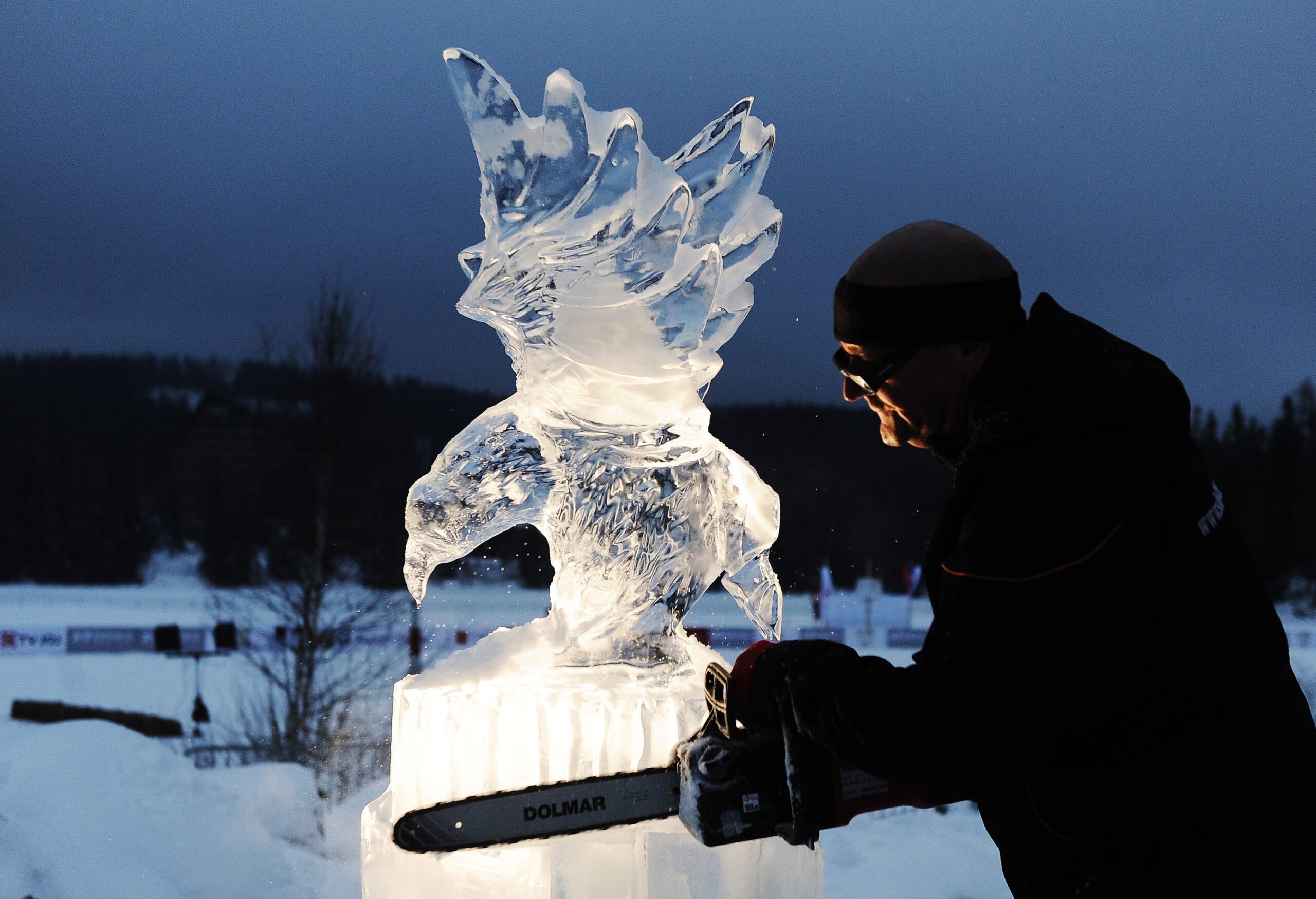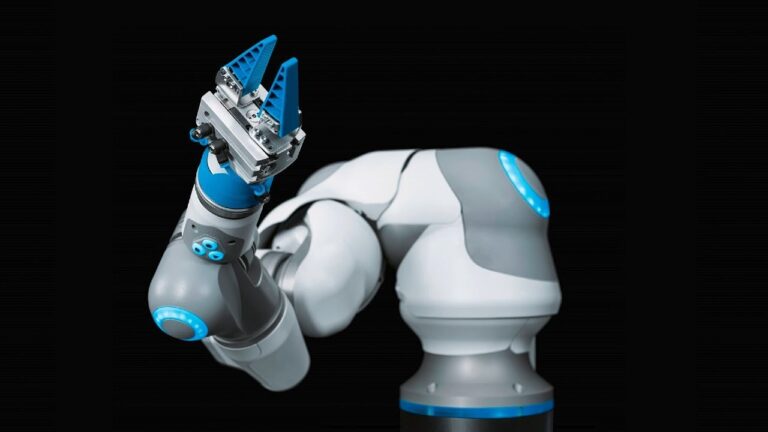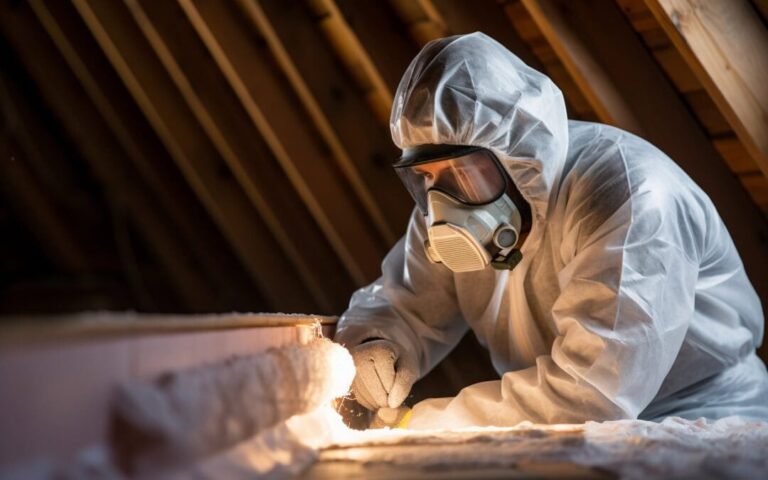Iceporncasting: The Innovative Art and Science of Casting with Ice
Introduction to Iceporncasting
In the modern era of design, manufacturing, and art, creativity often meets sustainability. Among the many innovative techniques emerging in recent years, Iceporncasting has become one of the most fascinating. It represents a unique approach to casting and molding that uses ice as a temporary mold material, opening new doors for eco-friendly production and precision craftsmanship.
At its core, Iceporncasting is a method of forming objects using ice molds, where water is frozen into specific shapes and then filled with other materials like resin, plastic, or metal to create the final cast. Once the process is complete, the ice melts away, leaving behind a smooth, clean, and detailed replica of the desired object.
The rise of eco-conscious art and sustainable manufacturing has pushed creators to search for alternatives to traditional casting methods that often rely on toxic chemicals or expensive materials. Iceporncasting stands at this intersection of innovation and responsibility, combining artistry, science, and sustainability in a single process.
What Is Iceporncasting?
Iceporncasting is a casting technique that uses frozen water (ice) as a mold for producing objects in a variety of materials such as resin, metal, or plastic. The process involves creating a mold form, filling it with water, freezing it to solidify, and then using that ice structure as a negative cavity into which the final material is poured or pressed.
Unlike traditional methods that use silicone, rubber, or steel molds, Iceporncasting relies on a temporary ice mold that naturally disappears after casting, leaving behind a flawless final piece. The melting ice acts as a self-removing agent, eliminating the need for demolding tools or additional chemicals.
The scientific principle behind Iceporncasting lies in phase transition — water turning into solid ice under controlled temperatures. When frozen slowly, ice crystals form in a uniform structure, allowing for high precision and smooth texture in the final mold. This ensures that even detailed or delicate designs are captured with clarity.
To perform Iceporncasting, only a few materials are required:
- A mold form or container to shape the ice
- Filtered or distilled water to minimize bubbles and impurities
- A freezing chamber or freezer to control temperature
- The casting material (such as resin, wax, or molten metal)
The beauty of Iceporncasting lies in its simplicity — no complex machinery, costly molds, or hazardous substances are needed to achieve professional-grade results.
The Science Behind Iceporncasting
The effectiveness of Iceporncasting depends heavily on understanding the science of freezing and temperature control. The process starts when water begins to freeze from the outer edges toward the center of the mold. If this happens too quickly, air bubbles or stress fractures can appear within the ice, compromising precision. To prevent this, controlled freezing — often done in layers — is used to ensure even solidification.
Temperature stability is critical. Colder isn’t always better; rapid freezing can make the ice brittle and fragile. Ideally, freezing occurs at a moderate and consistent rate, usually between −5°C and −15°C, to produce dense, crystal-clear ice molds.
Additives also play an important role. Certain substances such as salt, glycerin, or alcohol can be mixed in minimal quantities to improve the ice’s durability and flexibility. These additives slightly lower the freezing point, making the ice less likely to crack under stress during casting.
Step-by-Step Process of Iceporncasting
The Iceporncasting process follows a clear and systematic approach that anyone — from beginners to professionals — can follow. Each step contributes to achieving precision and ensuring safety.
Designing the Mold Form
Begin by designing or selecting a mold that matches the desired shape of your object. It could be a silicone mold, a 3D-printed container, or even a natural form. This mold acts as the framework that shapes the ice.
Filling It with Water and Freezing
Pour filtered or distilled water into the mold carefully to prevent air entrapment. Freeze the mold at a stable temperature, allowing the ice to solidify gradually. Avoid placing it in extremely cold environments to reduce cracking risk.
Extracting the Ice Mold
Once frozen solid, gently remove the ice mold from its container. Handle it delicately, as excessive pressure can cause fractures. This step requires patience and precision.
Casting the Final Material
Pour or inject your chosen casting material — such as resin, molten metal, or plastic — into the ice mold. The ice acts as a negative cavity, shaping the material into the intended design. Depending on the material, cooling or curing time may vary.
Melting Away the Ice
After the material has solidified or cured, the ice mold is melted away, leaving the finished object intact. The meltwater can be reused, making the process environmentally efficient.
Safety and Timing Notes:
Always wear protective gloves when handling cold materials. Manage timing carefully — premature melting can distort the cast, while excessive freezing can make mold removal harder.
Key Benefits of Iceporncasting
Iceporncasting offers numerous advantages that make it a preferred technique among artists, engineers, and innovators:
Cost-Effectiveness
Water and ice are inexpensive and widely available, making this process far more affordable than traditional casting methods that rely on costly silicone or metal molds.
Eco-Friendly Nature
No toxic chemicals or waste byproducts are produced. The melted ice can be reused, aligning perfectly with sustainable and environmentally responsible production.
High Precision and Finish
Ice molds capture minute details with remarkable clarity, resulting in smooth, high-quality surfaces without additional polishing or finishing.
Ease of Mold Removal
Because ice melts naturally, the final object can be extracted without damage, eliminating the need for tools or harsh demolding techniques.
Versatility
Iceporncasting is adaptable to multiple industries — from fine arts to industrial design — providing creators with endless possibilities.
Real-World Applications of Iceporncasting
The versatility of Iceporncasting extends across diverse fields, each benefiting from its precision and sustainability.
Art and Sculpture
Artists use Iceporncasting to create temporary sculptures that capture intricate designs. The melting process itself often becomes part of the artistic expression — symbolizing transformation and impermanence.
Jewelry Making
Jewelers employ Iceporncasting to produce small, detailed pieces with a flawless surface. The cost-effectiveness and fine precision make it ideal for creative experimentation.
Prototyping
Engineers and designers use ice molds to test product shapes before investing in expensive metal tooling. It allows for rapid concept validation at minimal cost.
Common Challenges and Practical Solutions
Cracking Ice Molds
Rapid freezing or uneven temperature distribution often causes cracking. Solution: Freeze slowly and ensure uniform cooling throughout the mold.
Air Bubbles
Air trapped in the water forms visible flaws. To prevent this, use filtered or distilled water and freeze layer by layer to push out trapped air.
Mold Extraction Issues
If the ice mold sticks to its container, apply mild heat or immerse the mold’s exterior in warm water for a few seconds to loosen it without melting the interior.
Environmental and Artistic Impact of Iceporncasting
The beauty of Iceporncasting lies not only in its technical precision but also in its harmony with environmental sustainability. In an age when industries are striving to reduce carbon footprints, this method stands as a symbol of green innovation. Unlike traditional casting, which often relies on chemical molds and synthetic materials, Iceporncasting uses pure water — one of nature’s most renewable resources — as its foundation.
Sustainable Production Practices
Iceporncasting contributes to sustainable production by eliminating waste and recycling resources. Since ice naturally melts back into water, there are no disposable mold materials or harmful byproducts. This makes the process a closed-loop system, where every step can be reused or repurposed without environmental harm.
Eco-Art and Green Manufacturing
In the art world, eco-artists are increasingly embracing Iceporncasting as a way to express messages of impermanence and environmental consciousness. By using ice as both a medium and a metaphor, artists convey the fragility of ecosystems and the transient nature of existence. This symbolism aligns perfectly with the ideals of sustainability and mindfulness in modern creative work.
Manufacturers are also exploring Iceporncasting for low-impact prototyping and small-scale production. Because it avoids chemical agents and excessive energy use, it offers a cleaner alternative to traditional methods that produce significant industrial waste.
The Symbolism of Ice
On a deeper artistic level, ice represents transformation and renewal. In Iceporncasting, the melting process becomes a poetic act — turning solid form back into liquid and leaving behind a permanent creation born from a temporary mold. This concept resonates with both artists and environmentalists who view it as a metaphor for life, change, and rebirth.
Comparison with Traditional Casting
Traditional casting often depends on toxic resins, silicone, or heavy metals that generate waste and require energy-intensive production. In contrast, Iceporncasting achieves similar levels of detail and precision with no pollution or disposal problems, making it one of the most eco-efficient casting methods available today.
How to Get Started with Iceporncasting
While the concept of Iceporncasting may sound complex, it’s surprisingly accessible to beginners. With the right tools and preparation, anyone can experiment with this method and achieve professional-quality results.
Tools and Materials Needed
To begin, gather the following essentials:
- Mold form or container: Silicone, 3D-printed, or metal molds work well.
- Filtered or distilled water: Prevents air bubbles and impurities.
- Freezing unit or freezer: Capable of maintaining consistent sub-zero temperatures.
- Casting materials: Choose from resin, plaster, wax, or low-melting-point metals.
- Protective equipment: Gloves, apron, and eye protection.
Tips for Beginners
- Start simple: Use basic shapes for your first few casts before experimenting with detailed molds.
- Control freezing time: Slow freezing creates clear, bubble-free ice; quick freezing can cause cracks.
- Layered freezing: Pour and freeze water in layers to achieve denser, stronger ice molds.
- Work quickly: Once removed from the freezer, the ice begins melting, so have your materials ready.
Professional Best Practices
For artists or engineers seeking high-end results, invest in temperature-controlled freezers and humidity-regulated workspaces. These maintain consistent conditions for large or complex molds. Always pre-test smaller samples before scaling up production to reduce material waste.
Safety Measures
Even though Iceporncasting is chemical-free, safety remains essential. Handle cold materials carefully to prevent frostbite or fractures, ensure proper ventilation if using resins, and maintain clean work surfaces to avoid contamination. A non-slip, water-resistant floor helps prevent accidents when ice begins to melt.
The Future of Iceporncasting
As technology evolves, Iceporncasting is expected to play a significant role in the convergence of sustainability, science, and art. Emerging research and experimental practices are already expanding its possibilities far beyond its original scope.
Innovations in Cryo-Materials
Advancements in cryogenic engineering are enabling stronger and more durable ice composites, allowing molds to last longer without cracking. These innovations may soon enable large-scale applications, such as architectural modeling or precision tool casting in cold environments.
Integration with Biotechnology
Scientists are exploring Iceporncasting in biotechnology for creating temporary molds in tissue engineering and microstructure formation. Since ice is non-toxic and biodegradable, it provides a safe medium for medical-grade applications.
Potential in 3D Printing
Combining Iceporncasting with 3D printing technology represents one of the most exciting frontiers. Designers can 3D-print intricate negative spaces, freeze them with water, and then cast innovative hybrid materials into the resulting ice molds. This fusion of digital fabrication and natural processes could redefine prototyping altogether.
Role in Sustainable Design
In sustainable design, Iceporncasting aligns perfectly with zero-waste principles. As industries move toward eco-conscious manufacturing, this technique could serve as a blueprint for temporary mold systems that produce no long-term waste.
Predictions for the Future
Over the next decade, Iceporncasting may evolve into a recognized mainstream creative process, taught in design schools and applied in industrial settings. Its unique combination of science, sustainability, and aesthetic value ensures its place as a leading innovation in green design.
Conclusion
Iceporncasting stands as a shining example of how creativity, science, and sustainability can coexist in harmony. What began as an experimental casting technique has evolved into a revolutionary process that empowers creators to design with precision while respecting nature.
By harnessing the simplest of materials — water and temperature — innovators have discovered a way to produce high-quality molds without chemicals, waste, or high costs. The technique’s flexibility allows it to flourish in art, jewelry, engineering, and manufacturing, proving its value across multiple disciplines.
Its eco-friendly nature makes it particularly relevant in today’s environmentally conscious world. As industries move toward greener practices, Iceporncasting offers a tangible solution that combines environmental ethics with technical innovation.
In summary, Iceporncasting is more than just a casting technique; it’s a philosophy of creation — one that celebrates impermanence, innovation, and the natural world. It invites artists, designers, and engineers alike to explore new frontiers in sustainable design.
Call to Action:
Whether you’re an artist looking to experiment or an engineer exploring new methods, now is the time to embrace Iceporncasting. Let this remarkable process inspire your creativity and redefine how you think about molding, design, and the art of transformation.






